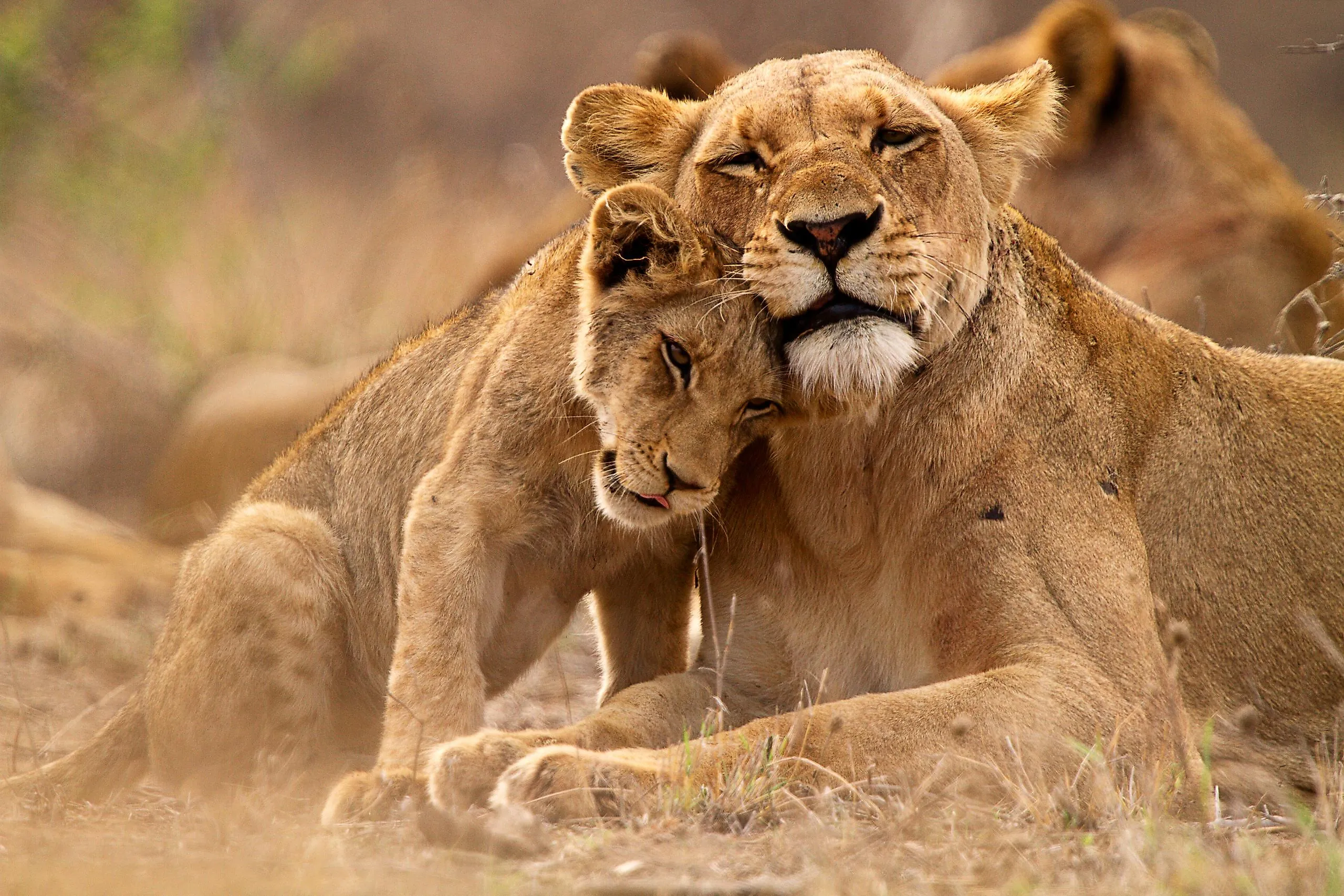
Animal Societies That Are Matriarchal
- Many animal species live in matriarchal societies, meaning that they are lead by females.
- The honey bees and ants have a very similar way of living in colonies, with the female queen being the supreme ruler with the most important tasks.
- Lions, despite being called the kings of the jungle, are led by females who go hunting while the males guard their homes.
Matriarchy refers to a social system in which females occupy the highest positions of authority and play a central role in organizing group life. In the animal world, true matriarchies are relatively rare, but several species show clear female-led structures. In spotted hyenas, female dominance defines every aspect of group hierarchy. Many primates, including bonobos and several macaque species, rely on female alliances to maintain social order. Lions also show a female-centered structure within prides, even though males may hold temporary breeding rights.
Other examples include elephants and European bison, where older females guide group movement, resource use, and social behavior. These species demonstrate different forms of matriarchal organization, from strict dominance hierarchies to subtler systems where females shape group decisions. This article explores several animals known for living in female-led societies and examines how these structures benefit their survival.
Lemurs
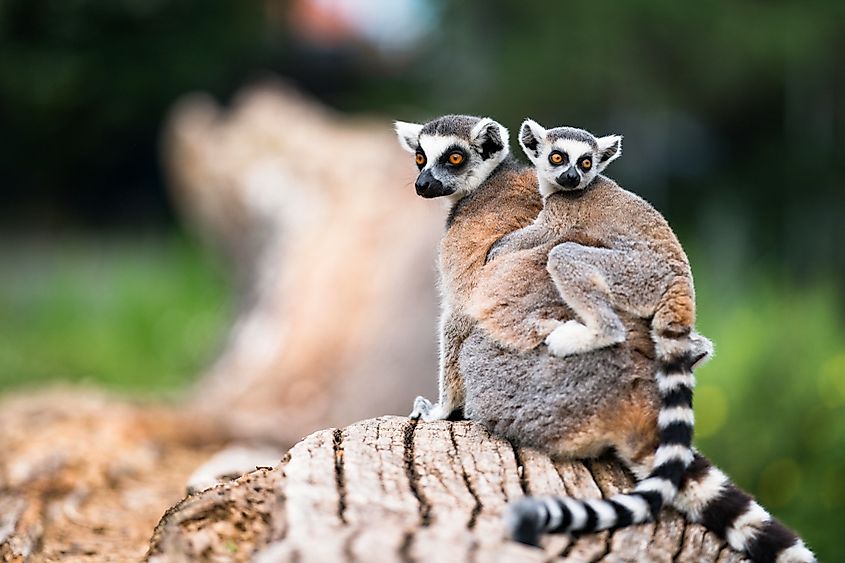
Many lemur species, especially ring-tailed lemurs, exhibit clear matriarchal social systems. They live in troops that are organized around a dominant female who determines when the group feeds, rests, and moves between territories. This leadership position is inherited along the maternal line, and females consistently rank above males regardless of age or physical size.
Female dominance in lemurs is supported by both behavior and biology. In many species, females are slightly larger or more robust than males, which strengthens their priority access to food and other resources. Females choose their own mates and defend those choices, and they also tend to start confrontations with rival groups during territorial disputes. Males usually defer to females in feeding order, movement decisions, and access to safe resting sites.
Matriarchy in lemurs is believed to have developed as a response to Madagascar’s resource scarcity. By prioritizing females' access to food and social power, lemur societies enhance reproductive success and promote greater group stability.
Ants
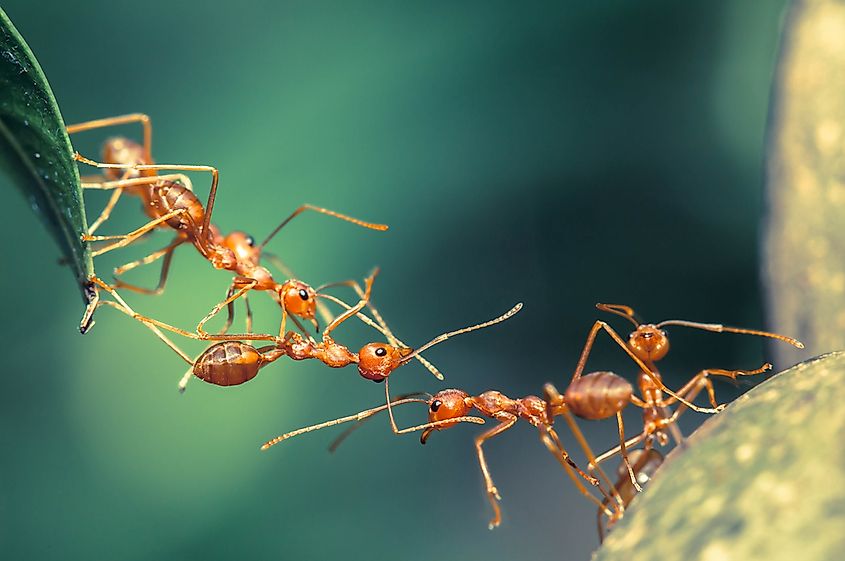
Ant societies are often described as centered around a queen, but the queen does not serve as a leader like mammals or primates have leaders. Her main role is reproduction, while almost all daily activities of the colony are performed by female worker ants. These workers handle foraging, defense, nest building, and brood care, and they make collective decisions about food sources and colony relocation. The caste system of ants means that females dominate almost every aspect of colony life, making ant societies female-based even if they are not matriarchal in the traditional sense.
Meerkats

Meerkats live in cooperative groups called mobs, which usually consist of a dominant breeding pair and several related subordinates. Although both dominant individuals influence group behavior, the dominant female holds the highest status in the hierarchy. She is typically the only female that breeds, and she often prevents subordinate females from reproducing or forces them out of the group. Meerkats share responsibilities such as foraging, digging burrows, and guarding the mob, but the dominant female plays a key role in shaping group dynamics and enforcing social rules. This strong reproductive control and social influence make meerkat societies one of the clearest examples of female dominance among mammals.
Mole Rats
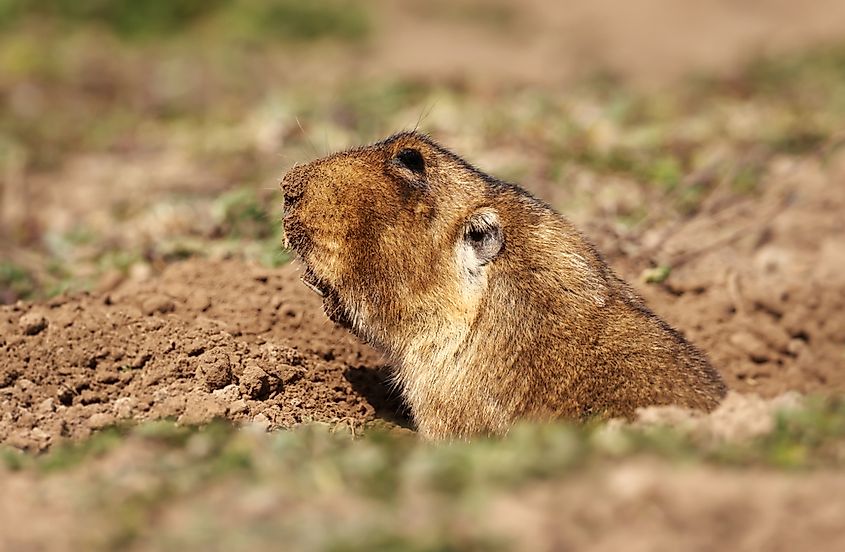
Naked mole-rats live in highly organized colonies that can contain more than 200 individuals, and each colony is dominated by a single breeding female known as the queen. She is the only female that reproduces, and she maintains her status through aggressive behavior and hormonal suppression of other females. The queen typically mates with one to three breeding males and produces several large litters each year, a system that allows the colony to grow rapidly. All other members of the group act as workers, taking on roles such as digging tunnels, caring for young, and defending the colony. This strict reproductive hierarchy makes naked mole-rats one of the clearest examples of a mammal with a true female-led social structure.
Spotted Hyenas
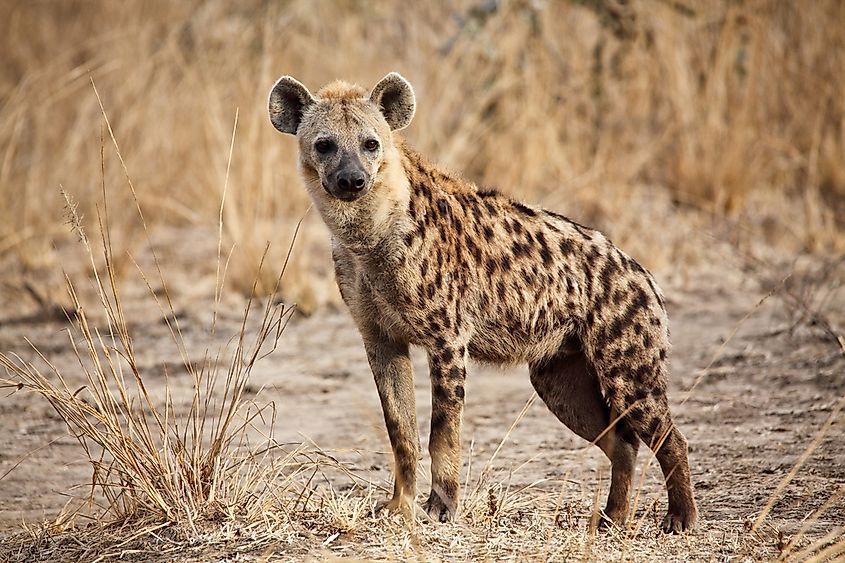
Spotted hyenas have one of the most strongly female-dominated social systems in the animal kingdom. Females are larger than males, inherit their rank from their mothers, and occupy every position at the top of the clan hierarchy. Even the lowest-ranking adult female outranks the highest-ranking male. Female hyenas also show higher levels of aggression, a trait linked to elevated androgen exposure before birth.
One of the species’ most distinctive features is the enlarged clitoris, often called a pseudo-penis, which closely resembles male genitalia and makes sex identification difficult. Spotted hyena clans can include 10 to 90 members, and females control access to food, territory, and social interactions within the group. Their matrilineal structure and strict dominance order make spotted hyenas one of the clearest examples of a true mammalian matriarchy.
Lions
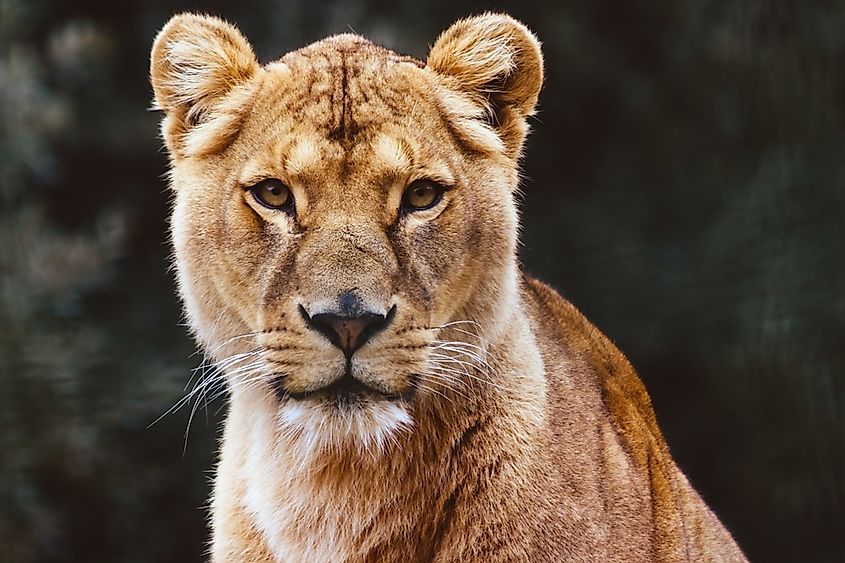
Lions live in social groups called prides, which are centered around related adult females and their offspring. These females remain in the pride for life, forming a stable core that cooperates in hunting, raising cubs, and defending territory. A pride is usually joined by one to several adult males, which hold temporary breeding rights and protect the group from rival males.
Female lions are the primary hunters and work together to bring down prey, while males focus on territorial defense and protecting cubs from outside threats. When a large kill is made, males often feed first because of their physical dominance, although females lead most daily activities within the pride. This female-based structure makes lion society one of the more notable examples of a species where females shape group stability and long-term social organization.
Bonobos
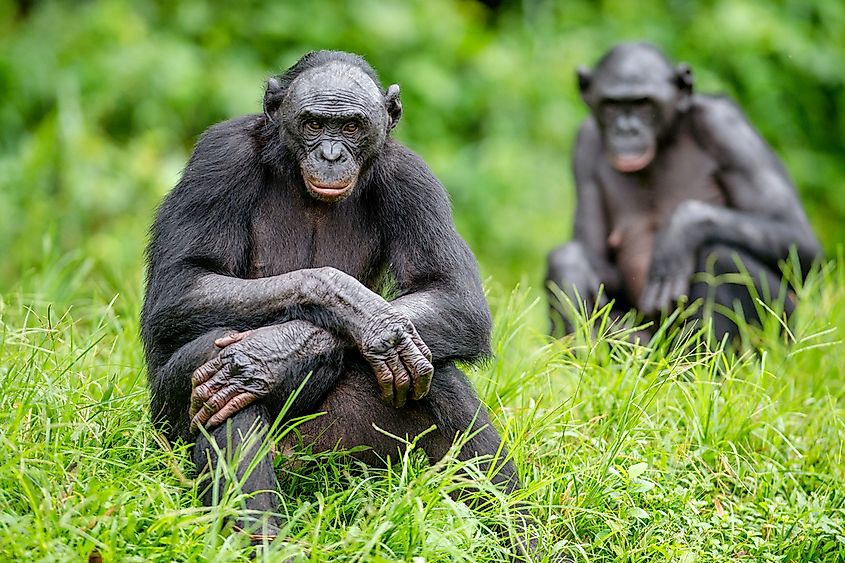
Bonobos are great apes found only in the forests south of the Congo River, and they are known for having one of the most female-centered social systems among primates. Instead of being led by a single matriarch, bonobo groups rely on strong alliances among adult females, which collectively hold the highest social influence and often outrank males. These female coalitions help maintain group stability and reduce male aggression.
Bonobos use a variety of behaviors to manage tension, including grooming, affiliative contact, and occasionally sexual interactions that reinforce social bonds. While their social behavior is more tolerant than that of chimpanzees, bonobos still maintain dominance hierarchies and show competitive behavior when necessary. Their female-based social structure remains one of the most distinctive in the primate world.
Elephants
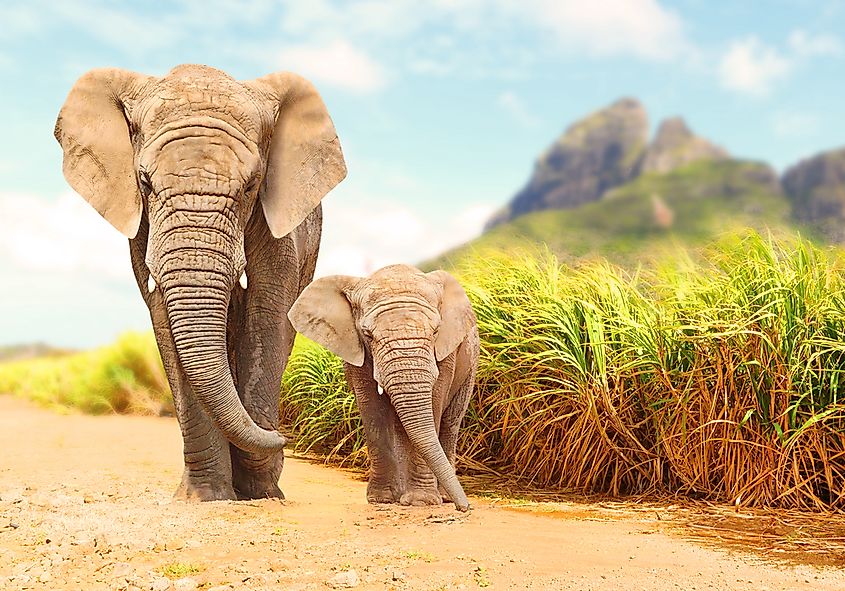
Elephant societies are among the most well-documented examples of true matriarchal organization. Each family group is led by a matriarch, usually the oldest and most experienced female, who guides the herd’s movements, selects feeding and watering sites, and coordinates the group’s response to threats. Her long memory is essential for locating resources during droughts and for navigating safe migration routes.
Elephant herds typically include several related adult females and their calves, forming stable units that usually range from 8 to 20 members. In areas with abundant food and water, multiple family groups may temporarily gather into much larger associations. Female elephants remain with their natal herd for life, while males leave when they reach adolescence. These lifelong female bonds, along with the leadership of the matriarch, shape every aspect of elephant social behavior.
Killer Whales

Killer whales, also known as orcas, live in one of the most strongly matrilineal social systems found in marine mammals. In many populations, especially resident orcas of the Pacific Northwest, offspring remain with their mother for their entire lives, even after reaching adulthood and having calves of their own. These closely related individuals form units called matrilines, which consist of a senior female and several generations of her descendants.
Multiple matrilines often join together to form pods, and pods may associate with others that share similar vocal patterns. Older females serve as leaders during travel and foraging, drawing on decades of experience to guide the group toward reliable food sources. This long-term knowledge, along with the stability provided by lifelong family bonds, makes orca societies a clear example of matriarchal organization in the animal kingdom.
Honey Bees
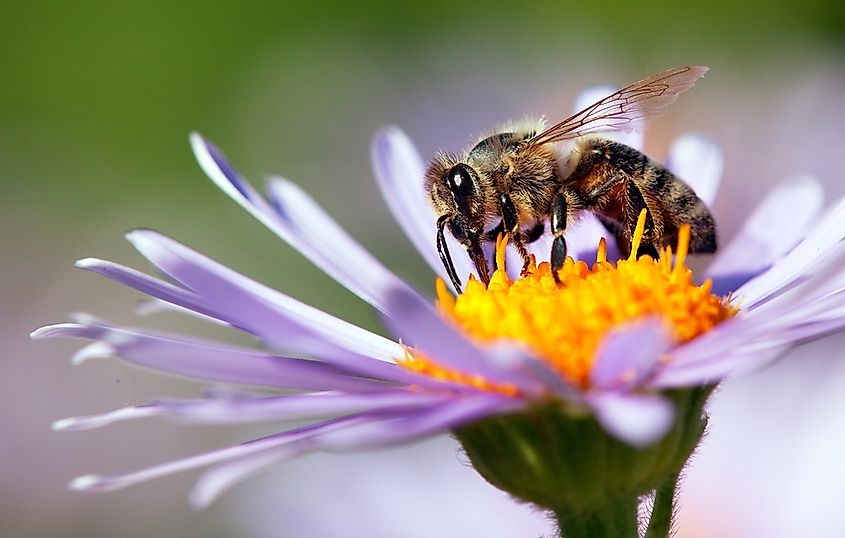
Honey bee colonies are strongly female-based, although leadership works differently than in mammals. The queen is the only fertile female and her primary role is to lay eggs, producing thousands each day to sustain the colony. She is larger and longer-lived than other bees because she is fed a specialized diet of royal jelly during development.
Despite her importance, the queen does not direct the colony’s activities. Foraging, nest defense, hive construction, and decisions about when to move or divide the colony are all controlled by female worker bees acting collectively. Drone bees, which are male, exist mainly to mate with queens from other colonies and die shortly after mating. Honey bees are therefore organized around female labor and reproductive control, making their colonies a clear example of a female-dominated social structure rather than a traditional matriarchy.
Further Reading
The animals highlighted in this article show that female-led societies take many different forms in the natural world. Some rely on long-term kinship bonds, as seen in elephants and orcas. Others depend on strict dominance hierarchies, like those in spotted hyenas and naked mole-rats. Still others operate through cooperative alliances among females, as in bonobo groups and many lemur species. Even insect societies demonstrate how extensive female roles can become when reproduction and labor are organized around specialized castes.
These examples only hint at the range of social systems found across species. Researchers continue to study how the environment, resource availability, and evolutionary pressures shape the ways animals structure their communities. Learning more about these systems offers valuable insight into how cooperation, conflict, and leadership evolve in the natural world, and how different species have adapted to survive in complex social environments.
If you would like to explore more about animal behavior or unique social structures, many related topics in primatology, marine biology, and evolutionary ecology provide additional context for understanding how these societies function and why they persist.











